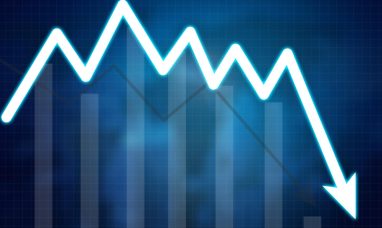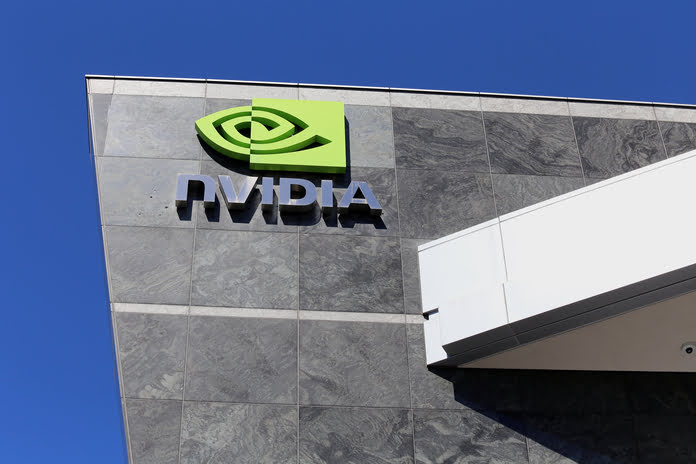PayPal (NASDAQ:PYPL)
PayPal (NASDAQ:PYPL) stock has generally held onto its gains after announcing strategic transformation success in early August. Investors wonder if the worst is over as the business focuses on expanding market share for its core payment products.
PayPal (NASDAQ:PYPL) stock trades 20x ahead of P/E, far below the norm of 23.8x and 24.9x for payment services and payment networks, respectively. The following study will examine PayPal’s investment pros and dangers to see if it’s a good investment at current prices.
While PayPal (NASDAQ:PYPL) has narrowed its focus to core payment solutions – Checkout, PayPal and Venmo digital wallets, and Braintree payments processing – they can still broaden the company’s reach across a wide array of digital payment opportunities in merchant and consumer end-markets due to continued growth in online transactions. The company’s clear business plan to restore margin expansion and growth acceleration after a tough year is also welcomed the news, boosting investors’ sentiment toward the stock. Bearish calls on PayPal have decreased significantly over the past two months, with the stock maintaining support in the $90 range despite fragile market sentiment on the global economic outlook.
PayPal (NASDAQ:PYPL) ability to make meaningful headway on its internal restructuring efforts will be a crucial focus for investors as it assesses if it can remain a market leader in e-commerce payment processing solutions. In 2H22, sustained margin growth and revenue reacceleration should drive stock gains.
PayPal’s investment pros
With “trillions of offline retail dollars shifting online over the long-term,” demand for digital payment processing solutions remains high, boosting PayPal’s market share growth and profit improvement. E-commerce is the fastest-growing retail industry in the U.S., with total online transactions likely to reach $1 trillion by the end of the year. This bodes well for PayPal in 2H22 as it prepares for revenue reacceleration, a crucial near-term driver for jumpstarting its value upswing. E-commerce is estimated to comprise over a quarter of worldwide retail transactions by mid-decade, increasing demand for digital payment processing systems.
PayPal (NASDAQ:PYPL) is particularly positioned to benefit from secular trends in e-commerce because of its modest but comprehensive range of core payment products, tremendous headroom for user engagement development, and encouraging progress on its strategic change.
Investing Risks
PayPal (NASDAQ:PYPL) stock is still wobbling after a rough year owing to internal operational inefficiencies and economic challenges. Since last summer, PayPal’s recent advances haven’t recouped the stock’s significant value losses. This means markets still see the firm as in “transition” with significant execution risks.
PayPal (NASDAQ:PYPL) 2Q22 earnings conference set out a clear development strategy, but investors remain concerned about its performance in the coming quarters. PayPal stock is vulnerable to an enormous selloff at the first sign of weakness, a common first-half market tendency. Despite a favorable demand environment buoyed by secular digitization trends and PayPal’s sound strategic business plan to capitalize on said opportunities, the underlying business has yet to demonstrate structural evidence to support its ability to stem continued market share erosion from increasing competition stagnation of per-user monetization growth. Given PayPal’s exposure to the market, sagging customer sentiment is another cause for concern.
Forecasting
PayPal (NASDAQ:PYPL) outstanding second-quarter fundamentals, management’s expectation for further acceleration through 2H22, and a seasonality advantage could help the business reach TPV of $1.4 trillion by the end of the year. This is estimated to produce transaction revenues of $25.8 billion for 2022, representing a y/y increase of 10%. Paired with other value-added services, PayPal expects to make $28 billion this year.
Long-term, PayPal’s yearly total revenues are estimated to approach $44.1 billion by 2026 based on a TPV of $2.2 trillion, a 10% five-year CAGR. The assumptions incorporate PayPal’s long-term attempts to reclaim market share by extending its user base, ARPA, and TPA and are consistent with e-commerce and digital payment solution demand patterns.
PayPal’s transaction margins are forecast to return around 50% by 2026, thanks to $900 million in cost reductions by the end of the year and yearly savings by 2023. Scale and non-transaction-related cost savings are predicted to boost operating margins from the low teens to 20% by 2026. GAAP-based net income is predicted to grow from $2.1 billion in 2018 to $7.4 billion by 2026.
Appraisal
Based on PayPal (NASDAQ:PYPL) qualitative and fundamental research, we assigned a near-term price objective of $107. The shares’ latest trading price of $91.62 on September 6 implies a 17% upside potential.
The price goal is 24.3x the anticipated NTM non-GAAP net income. The value multiple reflects PayPal’s forward growth and margin expansion outlook relative to its peer group, despite the broad-based decline this year due to tightening economic conditions. Continued growth acceleration in 2H22 through better per-user monetization and user account growth will unleash near-term upsides.
Summary
Investor sentiment on PayPal (NASDAQ:PYPL) stock has flipped in the past two months compared to the first half of the year thanks to fundamental improvements in 2Q22 and greater visibility into its long-term growth outlook under strategic business transformation initiatives prioritizing a “narrowed product focus.” With the stock establishing support near $90 despite recent market headwinds, investors may be poised for further upsides if PayPal continues to make fundamental gains in 2H22. No wonder. The company’s market leadership and substantial free cash flows underpin long-term growth and margin expansion despite macroeconomic uncertainty, competition, and possible slowing due to inadequate cost-cutting initiatives.
Featured Image – Megapixl © Snowingg
















